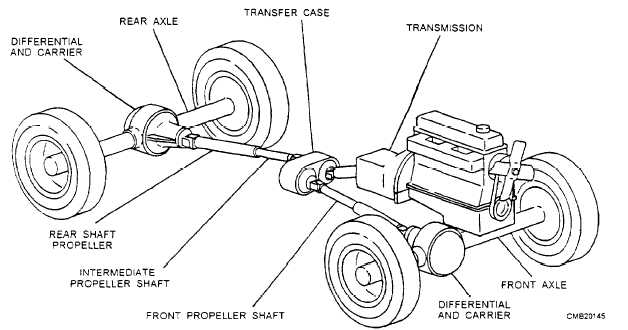Make sure that you have the correct new seal. Its outside and inside diameters must be the same as the old seal. A seal part number is stamped on the outside of the seal. This number and the seal manufacturer's name will assist you when ordering a new seal.
Before installing the new seal, coat the outer diameter with a non-hardening sealer. Coat the inside of the seal with lubricant that is the same grade that is in the axle assembly. With the seal facing in the right direction (sealing lip towards inside of the housing), drive the seal squarely into place, using a seal-driving tool. Be careful not to bend the metal seal housing or a leak can result. Make sure the seal is fully seated.
REVIEW 3 QUESTIONS
Q1. What component prevents pressure from building up inside the axle housing?
Q2. What type of axle only transmits torque from the differential and carries no vehicle weight?
Q3. What two types of CV joints are used on front-wheel drive vehicles?
Q4. Worn and damaged axle bearings produce what type of sound(s)?
Q5. What tool is used to remove a housing mounted seal?
TRANSFER CASES
Learning Objective: Explain the operation of a transfer case. Explain basic service operations on a transfer case.
Transfer cases are used in off-road vehicles to divide engine torque between the front and rear driving axles. The transfer case also allows the front driving axle to be disengaged, which is necessary to prevent undue drive line component wear during highway use. Another purpose of the transfer case is to move the drive shaft for the front driving axle off to the side so that it can clear the engine. This arrangement is necessary to allow adequate ground clearance and to allow the body of the vehicle to remain at a practical height. Figure 5-27 shows a typical drive line arrangement with a transfer case.
CONVENTIONAL TRANSFER CASE
A conventional transfer case is constructed similar to a transmission, in that it uses shift forks, splines, gears, shims, bearings, and other components found in manual and automatic transmissions. The transfer case has an outer case made of either cast iron or aluminum that is filled with a lubricant that cuts friction on all moving parts. Seals hold the lubricant in the case and prevent leakage from around the shafts and yokes. Shims are used to set up the proper clearances between the internal components and the case.

Figure 5-27. - Typical drive line arrangement with a transfer case.
Continue Reading